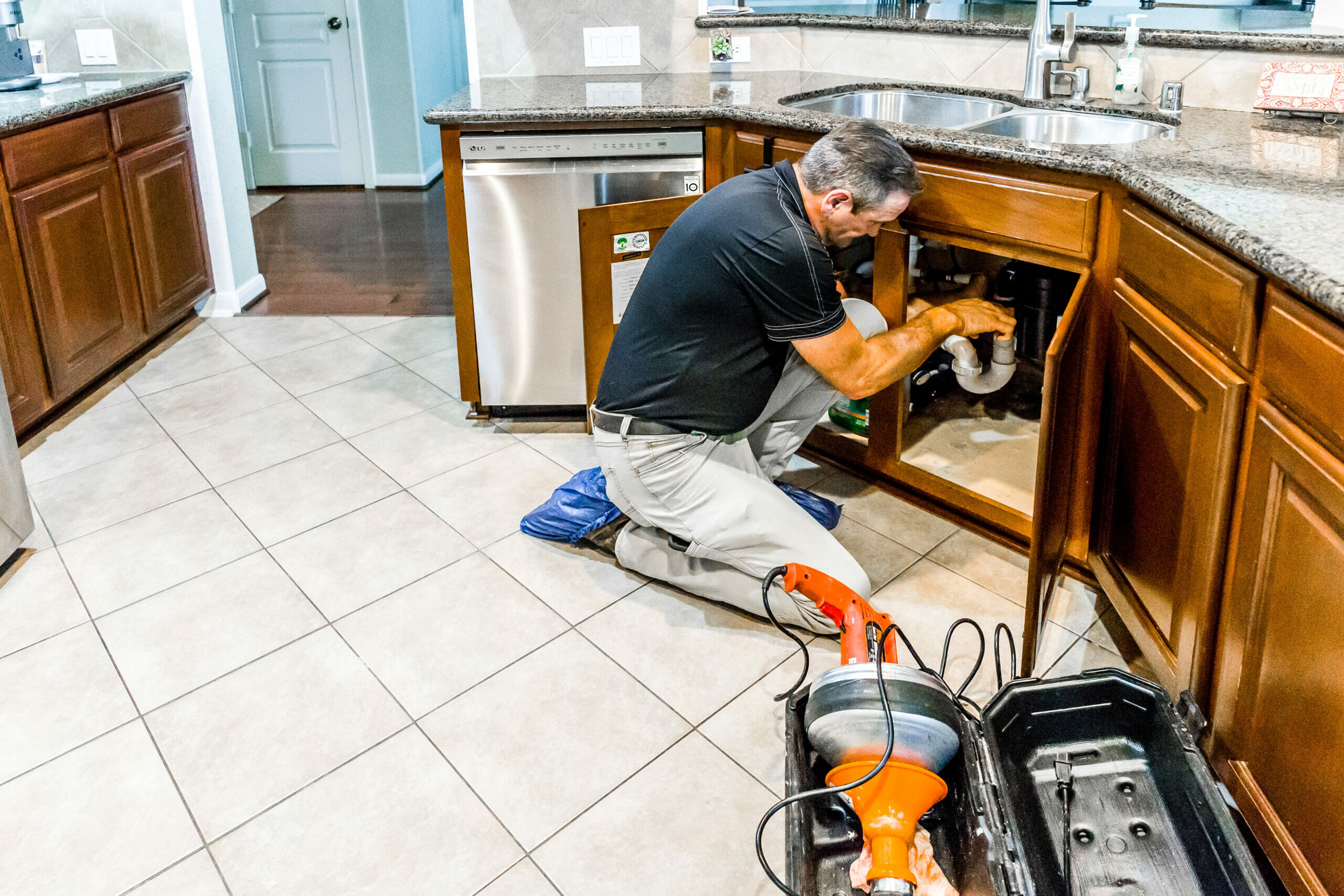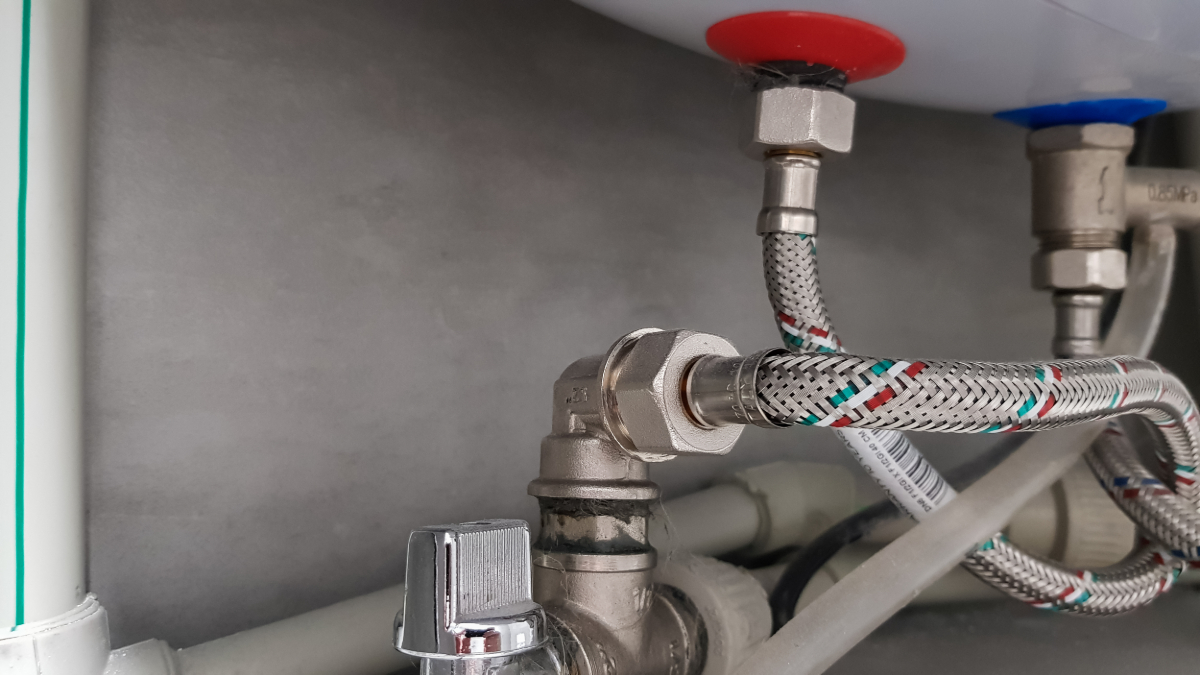They are making several great observations related to Common Plumbing Problems in Older Homes overall in this article followed below.

Older homes typically feature charm, character, and history, however they can additionally bring a host of plumbing concerns. Whether you're taking care of maturing pipes, low water stress, or leakages, recognizing just how to address these common issues is crucial to keeping a risk-free and useful home. In this guide, we'll discover the typical plumbing challenges faced by older homes and offer functional options to maintain your pipes in top form.
Recognizing Common Plumbing Problems
Aging Pipes
One of the most typical issues in older homes is maturing pipes. Depending upon the period in which your home was developed, the pipelines might be made from products that have weakened with time, such as galvanized steel, cast iron, and even lead. These materials can rust, become brittle, or establish leakages, bring about water damage and prospective carcinogen.
Water Top Quality Screening
Older pipelines can affect the high quality of your water. Conduct a water quality test to check for contaminants such as lead, corrosion, or various other impurities that may be introduced by aging pipes.
Solutions for Common Plumbing Concerns
Changing Aging Pipelines
If your home has old, wearing away pipes, think about changing them with contemporary products like copper or PEX. This can be a substantial investment, however it will protect against future problems and improve the security and reliability of your pipes system.
Dealing With Low Tide Stress
To fix low water pressure, beginning by cleansing or replacing old components and getting rid of mineral buildup in the pipelines. If the trouble continues, it might be necessary to change areas of corroded pipes.
Fixing and Changing Leaking Pipes
For small leakages, you can utilize pipeline clamps or epoxy putty as a short-term fix. Nonetheless, it's finest to change leaking pipes entirely to avoid additional damage.
Updating Fixtures
Updating old components to contemporary, water-efficient models can boost your home's pipes performance and reduce water consumption. Search for components with the WaterSense label for the very best effectiveness.
Taking Care Of Pipe Deterioration
If your pipelines are rusted, replacing them with corrosion-resistant materials like copper, PVC, or PEX is the very best service. Regular evaluations and water quality maintenance can aid stop better corrosion.
Low Water Stress
If you're experiencing low tide stress, maybe as a result of mineral deposits, corrosion inside the pipelines, or old fixtures that are no longer functioning successfully. This can be a significant trouble, particularly in areas like showers and sinks.
Leaking Pipelines
Leaks are another regular problem in older homes, often brought on by rusty or worn-out pipes. Also little leaks can result in considerable water damage, mold development, and enhanced water bills otherwise attended to quickly.
Obsolete Fixtures
Out-of-date plumbing components such as faucets, commodes, and showerheads not only look old but may likewise be less efficient, vulnerable to leaks, or incompatible with modern pipes standards.
Pipe Deterioration
Deterioration is an usual problem in older pipes, specifically those made from galvanized steel or actors iron. Rusty pipes can limit water circulation, create discoloration, and ultimately bring about leaks or pipeline bursts.
Assessing the Problem of Your Plumbing
Inspecting Noticeable Pipes
Beginning by examining any type of visible pipes in your home, such as those in basements, crawl spaces, or under sinks. Look for indications of rust, leakages, or corrosion, which can suggest underlying problems.
Checking for Leaks
Look for leakages by evaluating areas around faucets, toilets, and under sinks. You can likewise monitor your water meter before and after a period of no water make use of to spot covert leaks.
When to Call a Specialist
While some pipes concerns can be handled with do it yourself services, there are times when it's finest to employ a professional. If you're taking care of major leakages, substantial deterioration, or are not sure about the problem of your pipelines, a licensed plumbing technician can provide skilled assessment and repair work.
Preventive Upkeep Tips
Routine Assessments
On a regular basis inspect your plumbing system for signs of damage. Capturing problems early can prevent costly repair work down the line.
Water Stress Guideline
Guarantee your water pressure is within the advised range to prevent stressing your pipes and fixtures. A plumber can mount a stress regulatory authority if needed.
Water Top Quality Upkeep
Set up water filters or conditioners if your water top quality is poor. This can secure your pipes and components from damage brought on by tough water or impurities.
Proactive Pipe Replacement
If your home has older pipelines, think about proactive substitute before major issues occur. This can save you from emergency repair services and water damage.
Final thought
Taking care of plumbing concerns in older homes calls for a combination of caution, precautionary upkeep, and prompt upgrades. By understanding the usual challenges and knowing when to seek expert aid, you can ensure your plumbing system stays useful and reputable for many years ahead.
Common Plumbing Issues in Older Homes and How to Fix Them
Owning an older home in Australia comes with its unique charm and a set of challenges, especially when it comes to plumbing. The Sunshine Coast has many older properties that can harbour plumbing problems that aren t just inconvenient but potentially costly. Here s a look at some common plumbing issues in older homes and expert advice on how to handle them.
Outdated Piping Materials
Many older homes were built with galvanised steel, cast iron, or even lead pipes, materials that are far from ideal by today s standards. Galvanised pipes are prone to corrosion and clogging, while lead pipes pose serious health risks.
How to Fix:
Replacing old pipes is a job for a professional. Upgrading to copper or PVC piping not only enhances water quality and flow but also increases the property s safety and value. If you suspect your home has outdated materials, a licensed plumber can conduct a thorough inspection and recommend the best course of action.
Corrosion and Pipe Degradation
Over time, exposure to water and minerals can cause pipes to corrode, leading to leaks, bursts, and water contamination. Corrosion is especially common in homes over 50 years old.
How to Fix:
Regular inspections can catch early signs of corrosion. If corrosion is found, the affected section of piping often needs to be replaced. For homes with extensive corrosion, a complete plumbing overhaul might be necessary. It s crucial to consult with a plumbing expert to understand the extent of the issue.
Tree Root Intrusion
Older neighbourhoods usually have mature trees whose roots can intrude into pipe lines, causing blockages or damage. This is particularly problematic for sewer lines, where roots seek out water sources.
How to Fix:
A plumber can use a specialised camera to inspect sewer lines for root intrusion. If roots are a problem, methods like root cutting or hydro-jetting can clear the obstruction. In severe cases, part of the pipe may need replacing. Consider root barriers around the piping to prevent future issues.
Inadequate Water Pressure
Low water pressure in older homes can be due to various factors, including corroded water lines, sediment build-up in pipes, or outdated fixtures.
How to Fix:
First, check if the low pressure is isolated to one area or throughout the house. Replacing old fixtures can sometimes resolve the issue. However, if the problem is more widespread, it might be due to sediment or corrosion. Flushing the system or replacing the affected pipes usually restores normal pressure. Again, a professional assessment is advisable.
Outdated Fixtures
Older homes often feature fixtures that are not only visually dated but functionally inefficient. This includes everything from toilets and taps to showerheads and washing machine hoses.
How to Fix:
Updating these fixtures can improve both water efficiency and the aesthetic appeal of your home. Modern fixtures are designed to conserve water, which can significantly reduce your water bill and lessen your environmental impact.
Conclusion
Maintaining the plumbing in an older home requires a proactive approach. Regular checks and updates are key to preserving these beautiful properties. If you re facing plumbing issues in your older home, it s best to call on experienced professionals like Green & Gold Plumbing & Gas. With the right expertise, even the most daunting plumbing problems can be resolved, ensuring that your home s character is maintained while its functionality is enhanced.
https://gandgplumbing.com.au/common-plumbing-issues-in-older-homes-and-how-to-fix-them/

Do you appreciate more info about Common Plumbing Challenges In Old Buildings? Leave feedback down the page. We will be happy to listen to your ideas about this content. We are looking forward to see you back again in the near future. Enjoyed our piece of writing? Please share it. Let somebody else check it out. I praise you for your time. Don't forget to pay a visit to our blog back soon.
Information